Photo Gallery for Blastobasis glandulella - Acorn Moth | 76 photos are available. Only the most recent 30 are shown.
|
 | Recorded by: R. Newman on 2024-04-22
Carteret Co.
Comment: | 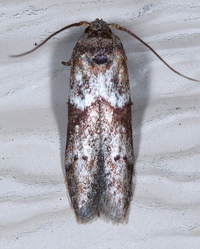 | Recorded by: Jim Petranka on 2024-04-15
Madison Co.
Comment: |
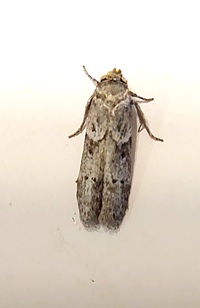 | Recorded by: Mark Basinger on 2024-04-07
Brunswick Co.
Comment: |  | Recorded by: Mark Basinger on 2024-04-03
Wilson Co.
Comment: |
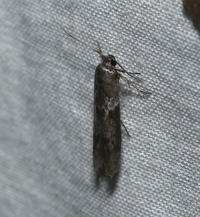 | Recorded by: David George, Jeff Niznik on 2024-04-01
Chatham Co.
Comment: |  | Recorded by: Chuck Smith on 2023-09-27
Davidson Co.
Comment: |
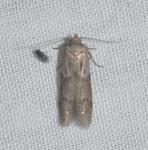 | Recorded by: K. Bischof on 2023-08-22
Transylvania Co.
Comment: |  | Recorded by: David George, John Petranka on 2023-08-05
Orange Co.
Comment: |
 | Recorded by: David George, Stephen Dunn, Jeff Niznik on 2023-07-31
Macon Co.
Comment: | 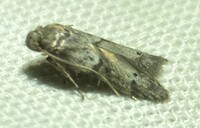 | Recorded by: Dean Furbish on 2023-07-30
Wake Co.
Comment: |
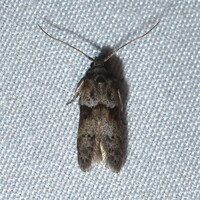 | Recorded by: Jeff Niznik, Stephen Dunn on 2023-07-26
Chatham Co.
Comment: | 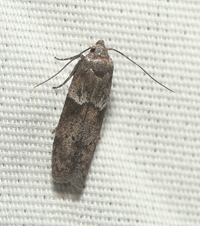 | Recorded by: David George on 2023-07-26
Durham Co.
Comment: |
 | Recorded by: Chuck Smith on 2023-07-24
Davidson Co.
Comment: | 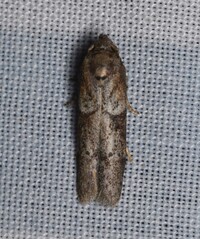 | Recorded by: David George, Steve Hall, Stephen Dunn, Jeff Niznik, Rich Teper, Becky Watkins on 2023-07-22
Orange Co.
Comment: |
 | Recorded by: David George, Stephen Dunn, Jeff Niznik on 2023-07-13
Orange Co.
Comment: | 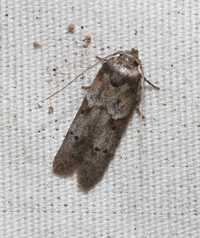 | Recorded by: David George on 2023-07-12
Durham Co.
Comment: |
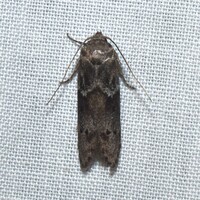 | Recorded by: David George, Jeff Niznik on 2023-07-09
Orange Co.
Comment: |  | Recorded by: David George, Stephen Dunn, Jeff Niznik on 2023-07-06
Orange Co.
Comment: |
 | Recorded by: Stephen Dunn on 2023-07-02
Orange Co.
Comment: |  | Recorded by: Stephen Dunn on 2023-07-02
Orange Co.
Comment: |
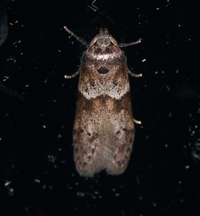 | Recorded by: Jim Petranka on 2023-06-20
Madison Co.
Comment: | 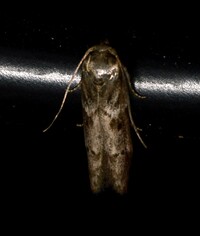 | Recorded by: Stephen Dunn on 2023-06-18
Orange Co.
Comment: |
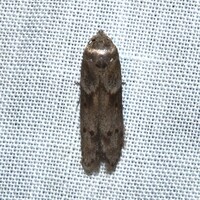 | Recorded by: David George, Jeff Niznik on 2023-06-11
Chatham Co.
Comment: |  | Recorded by: John Petranka on 2023-05-25
Orange Co.
Comment: |
 | Recorded by: Stephen Hall on 2023-05-23
Orange Co.
Comment: |  | Recorded by: Stephen Dunn on 2023-05-21
Orange Co.
Comment: |
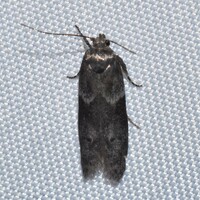 | Recorded by: David George, Jeff Niznik on 2023-05-17
Chatham Co.
Comment: | 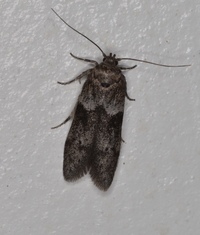 | Recorded by: Stephen Dunn on 2023-05-15
Orange Co.
Comment: |
 | Recorded by: Steve Hall, David George, Jeff Niznik on 2023-04-29
Orange Co.
Comment: | 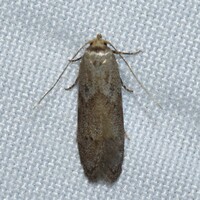 | Recorded by: David George, Jeff Niznik on 2023-04-29
Orange Co.
Comment: |
|